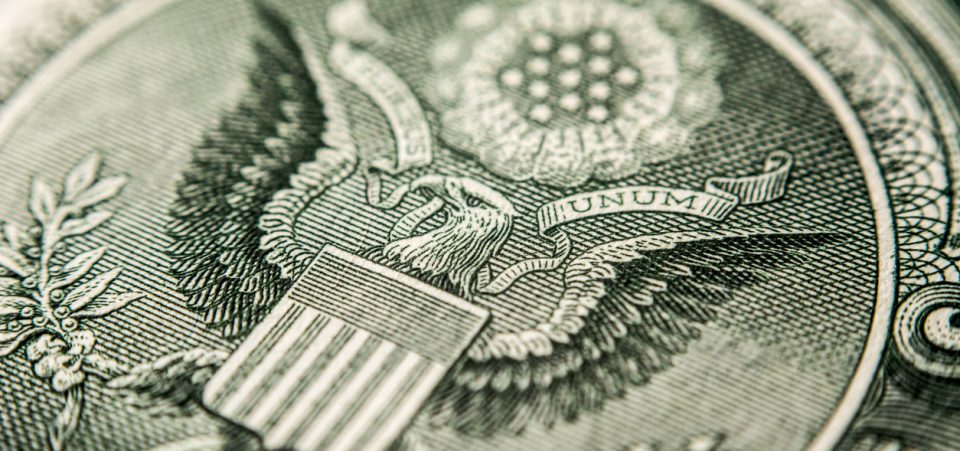S&P Could Decline 10% from the Current Level
Nobel Prize-winning economists like Paul Krugman say that President Donald Trump cannot take credit for the soaring stock market. Of course, Trump will not take that as a compliment; indeed, he would no doubt try to label Krugman’s economics credentials themselves as “fake news.” However, Trump may want to stick with Krugman’s analysis. (Source: “Paul Krugman: Trump can’t take credit for the soaring stock market,” Business Insider, December 18, 2017.)
When the inevitable stock market collapse arrives, the president will be able to deflect the inevitable attention and criticisms that many will direct at him. If Trump cannot take blame for the market going up, he certainly can’t take the blame (at least not all of it) when it comes crashing down. Given that stock market predictions have been turning sour, a crash might be arriving faster than anyone had expected, tax cut or not.
The Bank of America Merrill Lynch Bull & Bear indicator (BofAML Bull & Bear indicator) has quickly pointed the arrow toward “sell.” The Bull & Bear indicator says this despite the incredible performance of the equity markets in 2018. Note, the BofAML Bull & Bear indicator history has been right on 11 occasions—and it has only been tracking the markets since 2002. The indicator suggests that the S&P 500 will correct to 2,686, which, based on the current 2,820 points or so, would account for a six-percent decline. (Source: “An indicator with a perfect track record just sent a ‘powerful’ sell signal,” January 26, 2018.)
Who Can Stop a Stock Meltdown After a 6%-7% Correction?
A six- or seven-percent correction would not be tragic. But what assurances exist that investors won’t force the sell-off to be far bigger? After all, market sentiment is too hot now; it feeds on itself. So long as the S&P 500 and the Dow or the Nasdaq remain at the record levels, investors won’t feel the pressure to sell. However, given that a casino mentality has taken over, the moment investors detect a hint of doubt, they will engage sell-off mode. They could prompt an avalanche, such that the S&P could lose at least 10%. After all, the October 19, 1987 crash known as “Black Monday” led to the Dow Jones to drop by over 22.0% in a single day.
Sentiment could turn quickly; Bank of America Merrill Lynch’s Bull & Bear indicator suggests that the stock market forecast for the next three months is nothing if not uncertain. When the market has experienced a long bearish period, uncertainty could imply a turn for the better. But when the market has experienced almost nine years of cheap credit-fueled bullish sentiment, uncertainty might well imply an S&P pullback.
Shakespeare warned us to beware the “Ides of March.” That might be good advice if you’re an investor in 2018. January has started off with a Usain Bolt-like sprint. But February, and even more so March, might bring an altogether different climate. The analogies are as old as recorded time, thus they cause fears that might be irrational. However, they’re also inevitable.
Just like Icarus, investors are flying too close to the sun. They may feel full of energy and confidence, but the sun could melt their wings. There is an appetite for extreme risk. A small handful of investors are skilled at managing it, knowing how to read the signals of an impending crash. But lots have no clue. Indeed, many investors have never had to deal with the effects of a major crash, given the almost decade-long bull market.
Historically, January sets the financial markets’ courses for the year. But February is often a test. That’s when investors decide whether they have enough bullish confidence to hold on to their stocks and gains or if they take out some profits before a potential crash. The problem is that the market has gained so much that nobody will know if the coming correction is just that, a loss of about five to seven percent, or if it’s a literal stock meltdown, which pushes millions away from the financial markets. The fact that gold and silver have beaten expectations should be a warning that some investors have already started to locate the emergency exits.






